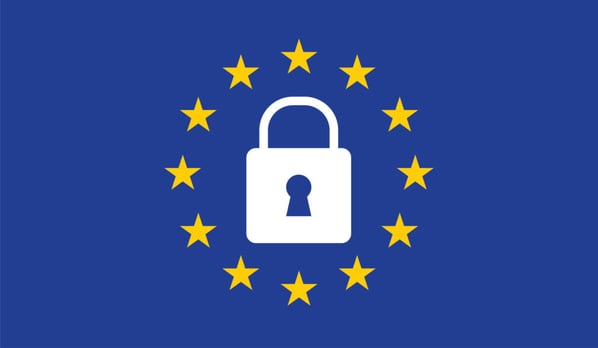By now, you have probably heard about Google moving to phase out third-party cookies. A third-party cookie is a little piece of code placed on a website to collect data. Marketers use this data to learn about user behavior and provide a better, personalized web experience. You make have also heard Google’s recent announcement they are delaying their cookie depreciation until late 2023 – almost two years later than their original deadline! So what does all this mean and how did we get here? Let’s take a look.
1. The cookie is an outdated method of tracking
Not only is it outdated, but it is flawed. Third-party data is often collected through an aggregator where the source of the data is unknown. Therefore, advertisers know little about how the data was collected making it challenging to evaluate the data quality and serve ads to the correct audience when it matters most. While many demand side platforms have seemingly endless targeting opportunities, the accuracy of these targets can be questionable.
2. The end of the third-party cookie was expected and is nothing new
The cookie was originally invented to remember website visitors but was limited to single site behavior. With the rise of ad tech businesses, the cookie evolved to track people across websites and the framework for ad targeting was born. It was an ill-fated change, though, with inherent user privacy issues.
Fast forward to today, privacy concerns are front and center as big tech muscles for more market share while trying to appease regulators. In 2016, the EU passed GDPR leading to the web cookie consent banner we have all become so accustomed to. In following years, Apple and Firefox started blocking third party cookies by default

General Data Protection Regulation (GDPR) Image: iStock
3. Third-party data will remain
The end third-party cookies does not mean the end of third-party data. Although this cookie phase out will continue to change how we collect data, alternative tracking and targeting methods will continue to grow. Instead of tracking at the individual level, advertisers will likely have to rely on using aggregated, grouped data to get in front of their audiences. Behaviors within a group can still roadmap effective marketing strategies. These changes will force us to rethink how we reach our audiences at those crucial moments. And that is a good thing.
4. Alternatives to third-party cookie tracking will grow
Advertisers will need to adapt by using alternative targeting methods. Some methods are not new but will gain importance once again. Other solutions will become more prevalent. Take contextual targeting, for example. Often snubbed in favor of other behavioral targeting tactics, this method does not rely on cookies. Instead, ads are served based on the content of a web page. And with the advances in machine learning, contextual targeting no longer relies on just keywords.
While contextual targeting is not new, Google is proposing a new alternative to third-party cookies known as a Privacy Sandbox. It would allow ad targeting to continue on Chrome through the use of APIs. Advertisers would receive aggregated data about ad performance without identifiers. Google believes this addresses privacy concerns while still providing an optimal ad experience for advertisers. The skeptics, though, believe this could be another move by Google to control more market share.
Finally, we could not discuss alternatives without mentioning first-party data. This is data that a business owns and collects through actions on a website or subscription-based email campaigns, as examples. The data quality is typically much better and from high value audiences made up of leads and customers. It can, and should be used to create highly targeted, personalized campaigns.

Image Source: dialogtech.com/blog/first-second-third-party-data
5. Google will still collect your data
Just like your business, any information you give Google is their first-party data. And with the development of new alternatives, such as their Sandbox concept, ad targeting on Google will continue is some form. While ad tech firms may be scrambling a bit, Google’s grip on the ad industry will not change. It may even expand. And that is ringing the alarm – both in the ad industry and from regulators – which is likely why the tech giant delayed the third-party cookie phase out until late 2023.
For more information on Googles announcement and how it may impact you business, please contact us. We are here to help.


